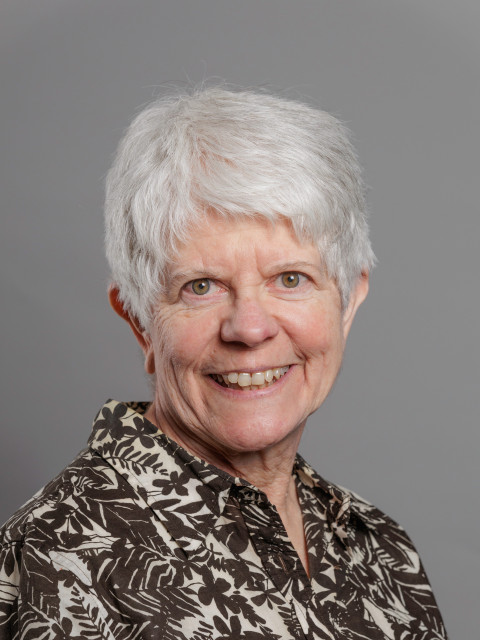
Environmental Justice, Health Equity, and Climate Change
by Mary Schaefer Badger, DO, FACOI, FAWM
Chair, ACOI Committee on Climate and Health
February 26, 2024
February is Black History Month. Environmental justice will be achieved when everyone enjoys the same degree of protection from environmental and health hazards, and equal access to the decision-making process to live, learn, and work in a healthy environment. One of the most significant indicators for climate effects is race.
According to a report released by the US Environmental Protection Agency (EPA), climate change disproportionately impacts vulnerable communities and exacerbates the effects of other social determinants of health. 42 million American homes suffer from energy poverty, making them vulnerable to intense heat and cold. More than 2,000,000 Americans live without basic access to safe drinking water and sanitation. 11.9 million, disproportionally people of color, are exposed to unhealthy air pollution.
African Americans are 40 percent more likely to live in areas with the highest projected increases in mortality rates due to climate-driven changes in extreme temperatures, and 34 percent more likely to live in areas with the highest projected increases in childhood asthma due to climate-driven changes in particulate air pollution. Over 14 million are exposed to short and long-term particle pollution and ozone. These same individuals are also more likely to live near landfills and industrial plants that pollute water, air, and land. Latinx individuals are 43 percent more likely than non-Hispanic individuals to live in areas with the highest projected labor hour losses due to increases in high-temperature days and are 50 percent more likely to live in coastal areas with high-tide flooding. American Indian and Alaska Natives are 48 percent more likely than non-natives to live in areas where the highest percentage of land is projected to be inundated by rising sea levels. Alternatively, southwestern tribes have limited water access. Asian individuals are 23 percent more likely than non-Asian individuals to live in coastal areas with high-tide flooding. Asian females made up the most deaths from Hurricane Ida. According to the EPA, by 2060 the number of older Americans will nearly double and the percentage of older adults of color will increase from 23 percent to 45 percent. 20 percent of these older adults live in a county where a hurricane or tropical storm is likely to make landfall. Further, many are affected by urban heat islands. Additional information is available here.
The Environmental Justice Index (EJI) uses data from multiple agencies to rank the cumulative impacts of environmental injustice on social (race, socioeconomic status, household, housing), environmental (air quality, toxic site proximity, built environments, transportation, and water pollution), and health factors (asthma, cancer, hypertension, diabetes, and mental health). Scores are combined and used to prioritize getting help for patients. You can learn more about the EJI by visiting the Center for Disease Control’s (CDC) Agency for Toxic Substances and Disease Registry.
In addition, the Federal Government, through the Justice40 Initiative, has made it a goal that 40 percent of the overall benefits of certain programs are invested in communities that are marginalized, underserved, and overburdened by pollution. The Environmental Justice Screening and Mapping Tool and the Climate and Economic Justice Screening Tool complement each other - the former provides a tool to screen for potential disproportionality at the community level, while the latter defines and maps disadvantaged communities for the purpose of informing how federal agencies guide the benefits of certain programs, such as the Justice40 Initiative. The new Office of Climate Change and Health Equity (OCCHE) helps coordinate these activities and offers free webinars to help physicians in achieving these goals for our patients.
Physicians routinely identify and care for patients with unmet health-related social needs and medical vulnerabilities that put these patients at higher risk from climate-related hazards. We can play a critical role in informing ourselves and our patients about how to mitigate these risks and help patients connect to protective programs and services through referrals and care coordination. The US Department of Health and Human Services Office of Climate Change and Health Equity (OCCHE) has produced a Guide for Clinicians including a practical and targeted set of federal resources for use in clinical settings, relevant to providing focused health protection for vulnerable patients from climate-related hazards. The guide includes resources for patient education, data and tools for providers, information about federal programs that patients can use, and nongovernmental resources for both. Although there is much work to be done to achieve environmental climate justice for our patients, this information will give you a start.
The ACOI Committee on Climate and Health provides a monthly article addressing issues related to the impact of climate change on health. If you are interested in providing a piece for publication, please contact me via ACOI Communities. Areas of interest for future articles include exploration of the cardiac, pulmonary, endocrine, and neurologic effects of climate change.

